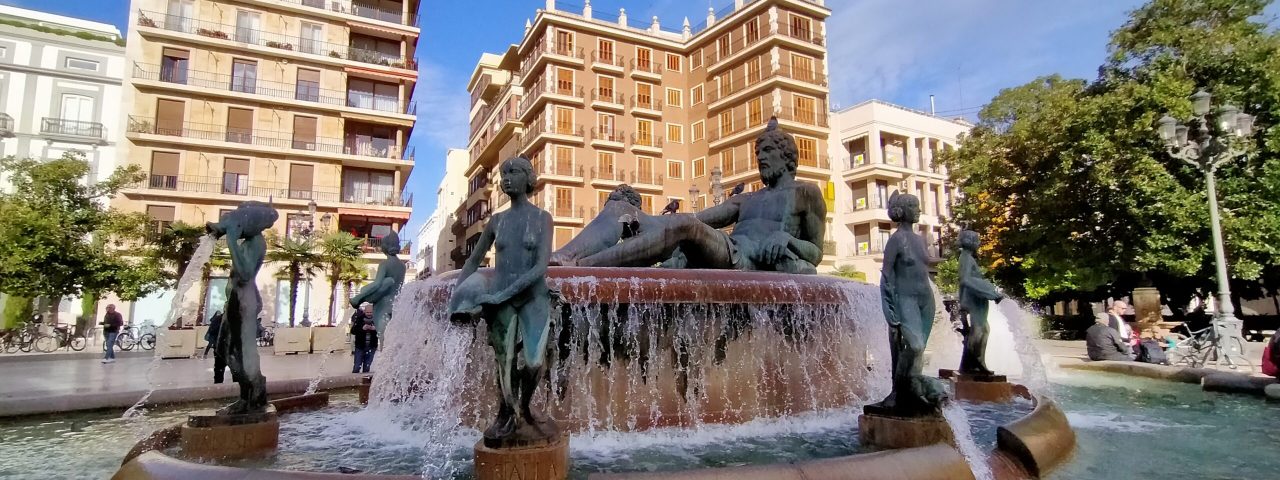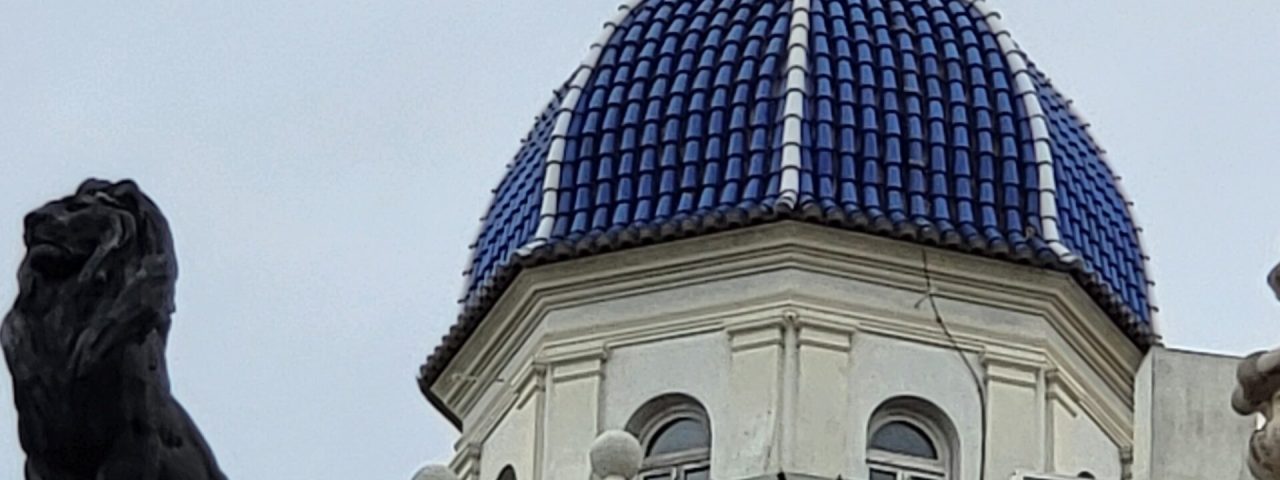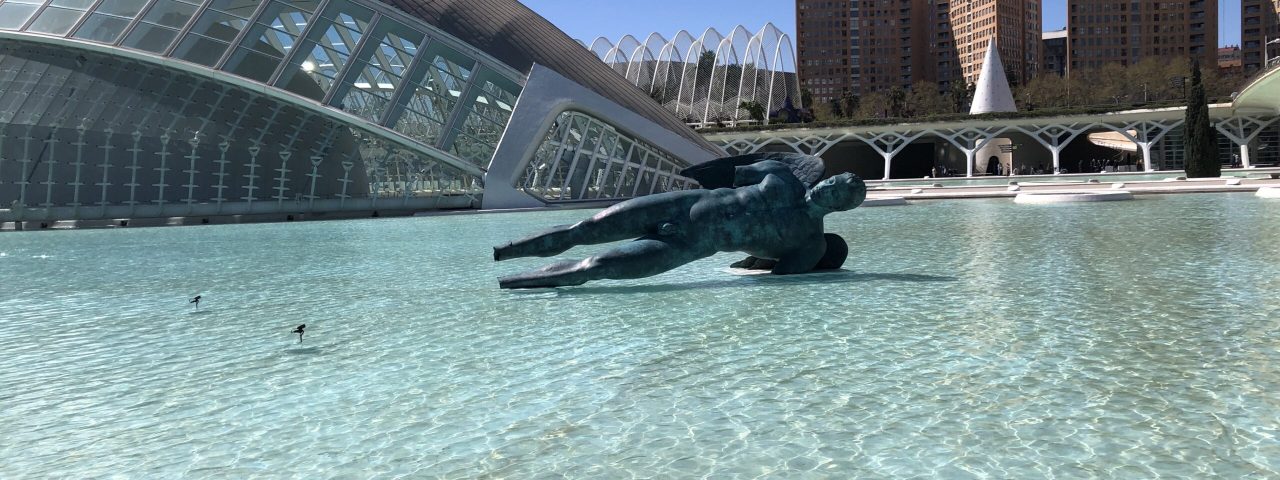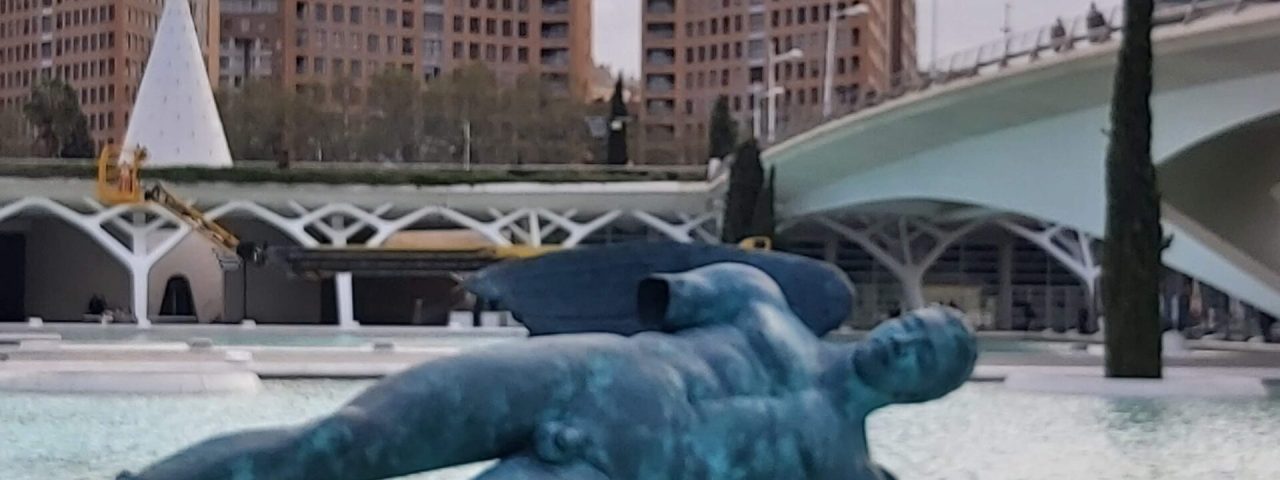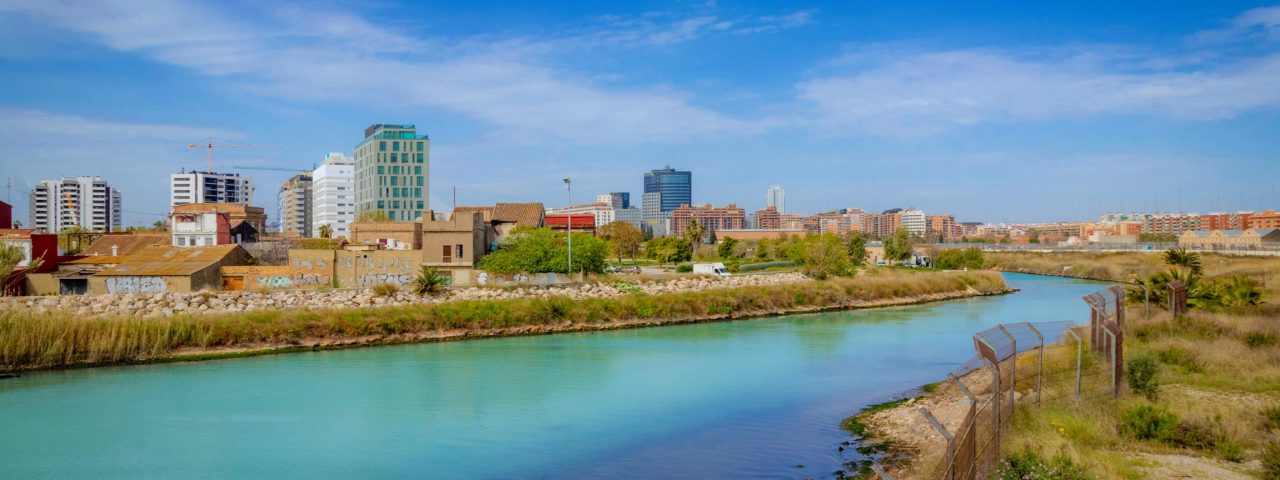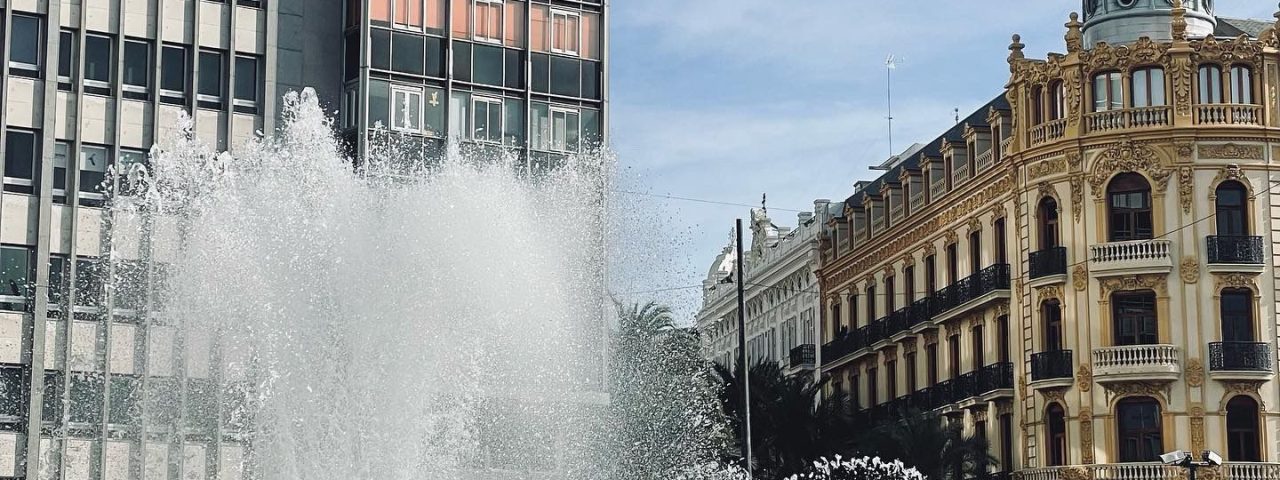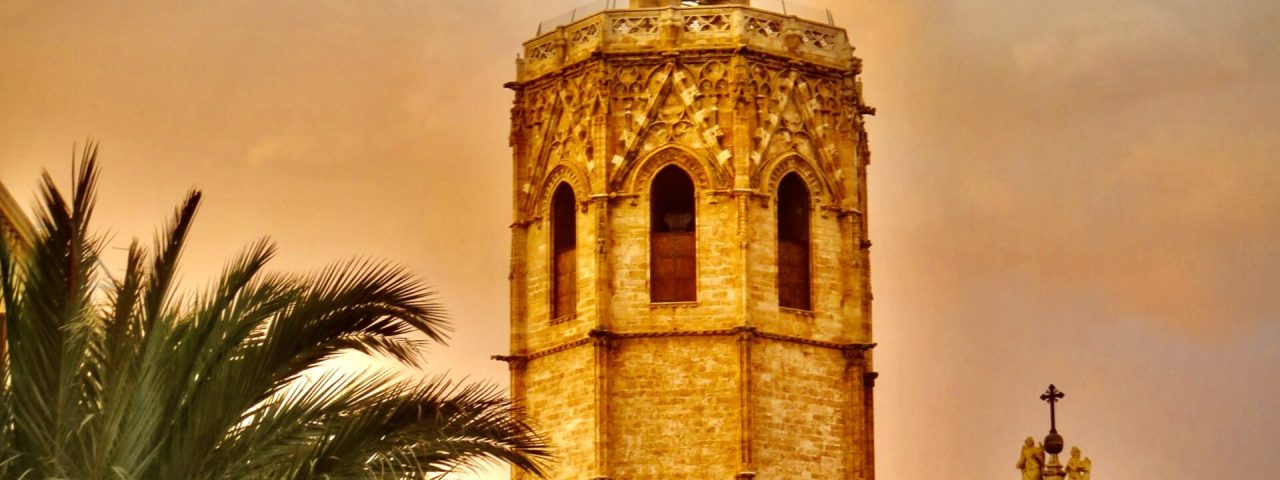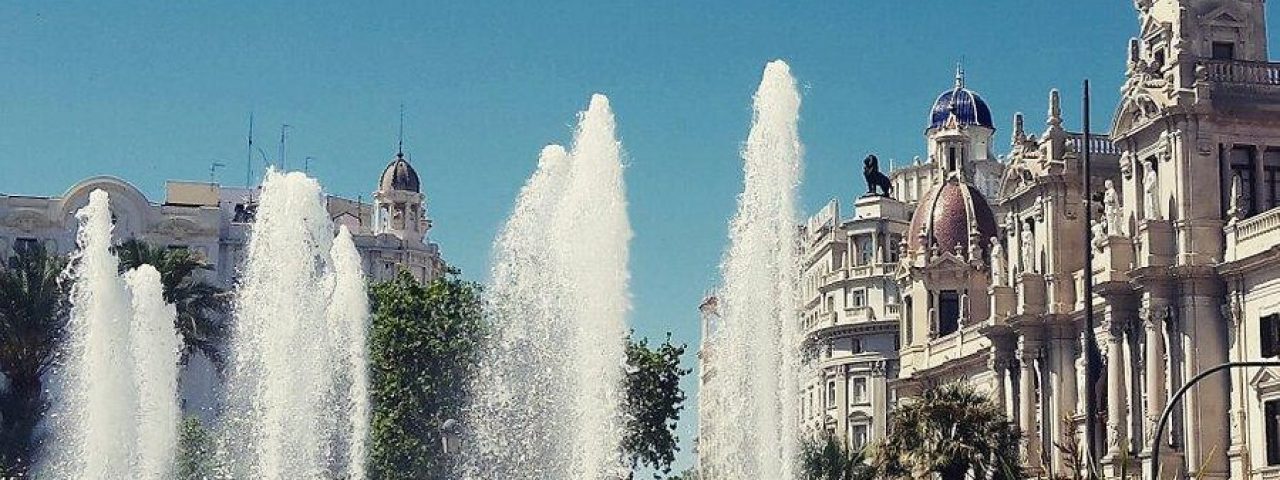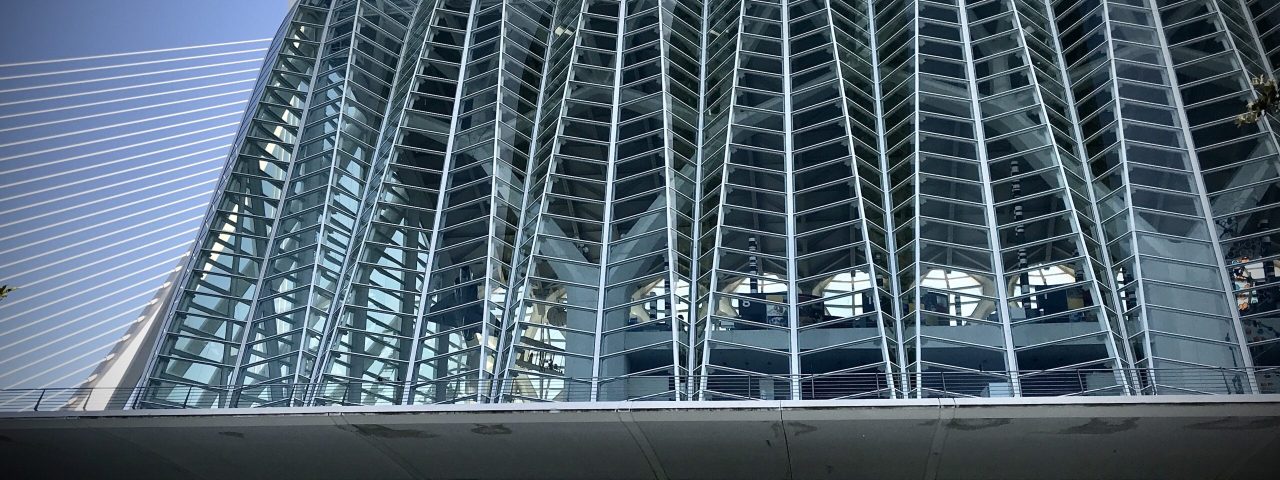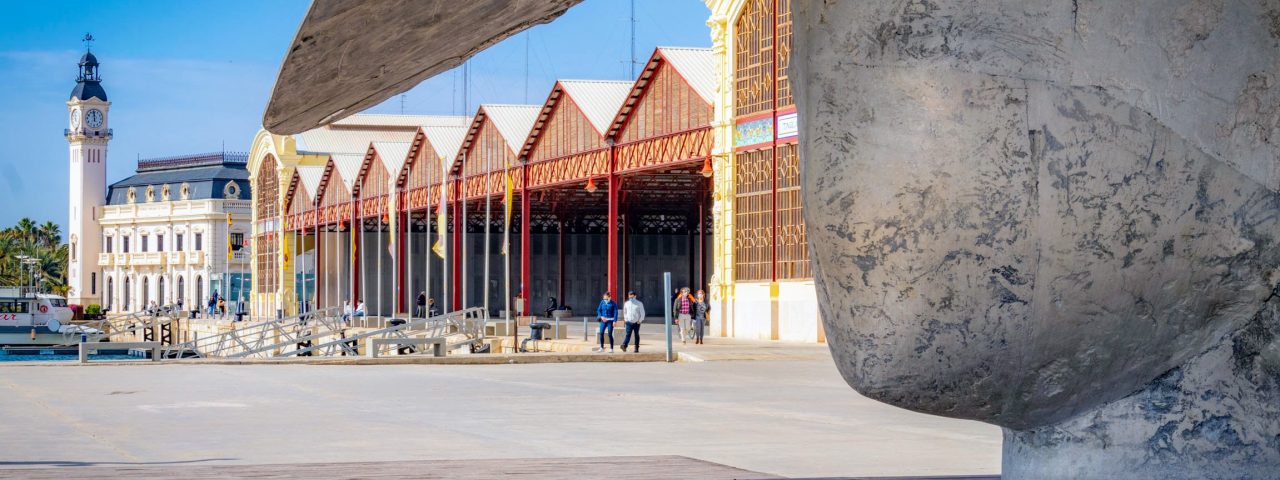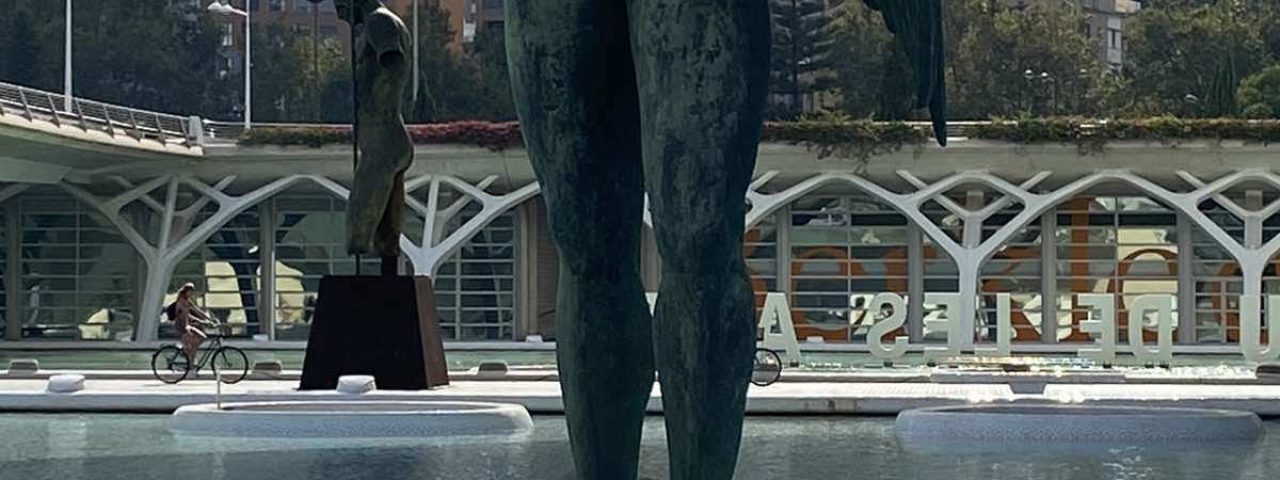:::::Quick overview:::::
The Valencian Community is a dynamic and captivating region on Spain’s eastern Mediterranean coast, offering the perfect blend of tradition, innovation, culture, and natural beauty. With its diverse landscapes, rich cultural heritage, and thriving urban centers like Valencia, Alicante, and Castellón, it presents an exceptional setting for both leisure travel and professional events. From international festivals to serene beach escapes, this region caters to a wide variety of interests and needs.
Its long coastline, dotted with golden-sand beaches and picturesque coves, is complemented by stunning mountains, fertile agricultural plains, and vibrant cities full of history and modern amenities. Visitors can explore charming inland villages, bustling coastal resorts, or cutting-edge event venues, all within a few hours’ reach.
For event organizers, the Valencian Community offers a compelling package: excellent infrastructure, year-round sunshine, world-class gastronomy, and a wide selection of hotels and conference facilities. Whether planning a music festival, corporate retreat, trade fair, or wedding by the sea, the region combines professionalism with Mediterranean charm, ensuring memorable experiences for every guest.
:::::Geographical Location and Climate:::::
The Valencian Community is located along the eastern coast of Spain, stretching over 500 kilometers from the Ebro River delta in the north to the edge of Murcia in the south. It consists of three provinces: Castellón, Valencia, and Alicante, each with its own distinct character. The region enjoys a strategic location on the Mediterranean Sea, with proximity to major cities like Barcelona to the north and Madrid inland to the west.
The geography is diverse, ranging from the sunny Costa Blanca beaches and the Sierra de Mariola mountains to vast citrus groves and wetlands like the Albufera Natural Park. Notable natural landmarks include the Peñón de Ifach in Calpe, the dramatic cliffs of the Sierra Calderona, and the Salinas de Santa Pola. These diverse environments offer countless opportunities for outdoor recreation, ecotourism, and nature-based events.
The region enjoys a Mediterranean climate, with hot, dry summers and mild, pleasant winters. The best time to visit is typically from April to October, though the region’s temperate weather makes it a year-round destination. Coastal breezes moderate summer heat, while the inland areas are slightly cooler and more suited for rural escapes or mountain activities.
:::::History and Culture:::::
The Valencian Community boasts a rich and layered history, shaped by Iberian, Roman, Visigothic, Moorish, and Christian civilizations. Its capital, Valencia, was founded by the Romans in 138 BC and later flourished under Moorish rule before being reconquered by the Christian King James I in 1238. Each era has left its mark on the region’s architecture, language, and traditions.
A defining element of local identity is the Valencian language, a variety of Catalan, which coexists with Spanish. The region has a vibrant cultural life, reflected in numerous festivals and traditions. Among the most famous is Las Fallas de Valencia, a UNESCO-listed celebration known for its giant paper-mâché figures, fireworks, and fiery finales. Other important events include La Tomatina in Buñol, the Moors and Christians parades in Alcoy, and the Fogueres de Sant Joan in Alicante.
Local customs are deeply rooted in the agricultural and maritime history of the region, with traditions like folk dances, festive dress, and seasonal fairs still widely practiced. Historical landmarks such as the Valencia Cathedral, the Castle of Santa Bárbara in Alicante, and Morella’s medieval fortress offer windows into a richly storied past.
:::::Architecture and Attractions:::::
Architecturally, the Valencian Community showcases a fascinating blend of Gothic, Baroque, Modernist, and contemporary styles. Valencia’s City of Arts and Sciences, designed by Santiago Calatrava, is an iconic complex that combines cutting-edge architecture with cultural and scientific exhibits. In contrast, the Lonja de la Seda, a late Gothic silk exchange and UNESCO World Heritage Site, highlights the city’s historical wealth.
The region is filled with landmarks worth visiting, from medieval castles perched atop hills to Modernist market halls, like Valencia’s Mercado Central and Castellón’s Mercado de la Plaza Mayor. Religious architecture is prominent as well, with highlights such as the Basilica of Santa Maria in Alicante and the San Nicolás Church in Valencia, often called the “Sistine Chapel of Valencia.”
For nature lovers and families, attractions include the Bioparc Valencia, Oceanogràfic (Europe’s largest aquarium), and the Palm Grove of Elche, a UNESCO site and the largest palm forest in Europe. Inland, the thermal springs of Montanejos and the hiking trails of the Serra d’Espadà Natural Park offer adventure and relaxation in equal measure.
:::::Economy and Key Industries:::::
The economy of the Valencian Community is diverse and robust. Tourism is a primary driver, thanks to the region’s beaches, cultural festivals, and favorable climate. Agriculture also plays a significant role, particularly the production of citrus fruits, rice (used in authentic paella), almonds, and wine. The Utiel-Requena region is especially known for its red wines.
Manufacturing and industry contribute significantly to the economy, with strong sectors in ceramics (notably in Castellón), textiles, and furniture production. The port of Valencia, one of the busiest in Europe, facilitates trade and logistics, further supporting the region’s commercial activity.
In recent years, there’s been a push toward innovation, with a growing technology and startup scene in Valencia. Sectors like biotech, renewable energy, and green urban planning are gaining momentum, making the region increasingly attractive for business events and conferences.
:::::Local Cuisine:::::
The gastronomy of the Valencian Community is among its most powerful attractions. It is the birthplace of paella, Spain’s most iconic dish, traditionally made with chicken, rabbit, and beans or with seafood along the coast. Other specialties include fideuà (a noodle-based seafood dish), all i pebre (eel stew from the Albufera), and arroz al horno (oven-baked rice).
Seafood features prominently in coastal areas, with dishes like calamares a la romana, clóchinas (Valencian mussels), and red prawns from Dénia. Inland, hearty stews and roasted meats dominate. Local drinks include horchata de chufa, a sweet, nutty beverage made from tiger nuts, and agua de Valencia, a cocktail made with cava, orange juice, vodka, and gin.
Food markets such as the Mercado Central de Valencia and Alicante’s Mercado Central are perfect spots to sample fresh produce, regional delicacies, and local wines. The region also hosts a growing number of Michelin-starred restaurants, tapas bars, and food festivals, including the Gastrónoma Fair in Valencia.
:::::Transportation and Accessibility:::::
The Valencian Community is highly accessible by air, land, and sea. The Valencia Airport and Alicante-Elche Airport offer numerous international and domestic flights, while Castellón Airport caters to some European routes. The region is connected by high-speed trains (AVE) and an extensive road network, including the AP-7 motorway that runs along the coast.
Public transportation within cities is efficient and affordable. Valencia has a well-developed metro, bus, and tram system. Alicante also offers a tram system connecting the city with coastal towns like Benidorm and Altea. Most urban centers are pedestrian-friendly and offer bike rentals and dedicated cycling paths.
For sea travel, the Port of Valencia is a major hub for cruise ships and ferries, with connections to the Balearic Islands and beyond. Event attendees and tourists alike will find it easy to navigate the region and reach their destinations with minimal hassle.
:::::Event Opportunities and Venues:::::
The Valencian Community is an ideal setting for events of all scales, from intimate weddings in countryside estates to large-scale corporate conventions. Valencia’s Feria Valencia, one of Europe’s largest exhibition and conference centers, hosts trade shows, tech expos, and industry events. The Palau de les Arts Reina Sofía, besides being an architectural marvel, also serves as a cultural and event venue.
Historical spaces like Alicante Castle, Elche’s palm gardens, and medieval monasteries offer unique settings for private or themed events. Open-air concerts and beach festivals take place regularly, with events like the Benicàssim International Festival (FIB) and Arenal Sound drawing global audiences.
Accommodations range from luxury beachfront resorts to boutique hotels, rural fincas, and urban design hotels, with many offering full-service event planning packages. Event organizers will appreciate the range of multilingual services, catering, and logistics companies available locally.
:::::Population and Demographics:::::
The Valencian Community has a population of approximately 5 million people, making it the fourth most populous autonomous community in Spain. The largest urban center is Valencia city, followed by Alicante and Castellón de la Plana. The region has seen steady population growth, especially along the coast, due in part to internal migration and international expat communities.
There is a significant presence of foreign residents, particularly from the UK, Germany, France, and Eastern Europe, who are drawn by the climate and lifestyle. This multicultural mix adds to the diversity of the region, especially in cities and coastal towns.
The population is relatively young in urban areas, with a growing number of entrepreneurs and digital nomads contributing to an evolving, innovative ecosystem. Meanwhile, inland villages are seeing a revival thanks to rural tourism and sustainability initiatives.
:::::Current Trends or Developments:::::
The Valencian Community is undergoing a vibrant transformation. Valencia was named the European Green Capital 2024, highlighting its focus on sustainability, green spaces, and clean mobility. Numerous bike lanes, solar energy projects, and eco-conscious urban planning efforts are reshaping how locals and visitors interact with the city.
The tourism sector is increasingly focused on quality over quantity, with investments in smart tourism, inclusive access, and sustainable practices. There’s also a rising trend in gastronomic tourism, wine trails, and cultural immersion tours, which attract visitors looking for authentic experiences.
New infrastructure projects include expanded airport terminals, high-speed rail upgrades, and revitalized historic quarters in cities like Alicante and Castellón. With continuous efforts to balance tradition and innovation, the Valencian Community stands out as one of Spain’s most forward-thinking and visitor-friendly regions.
